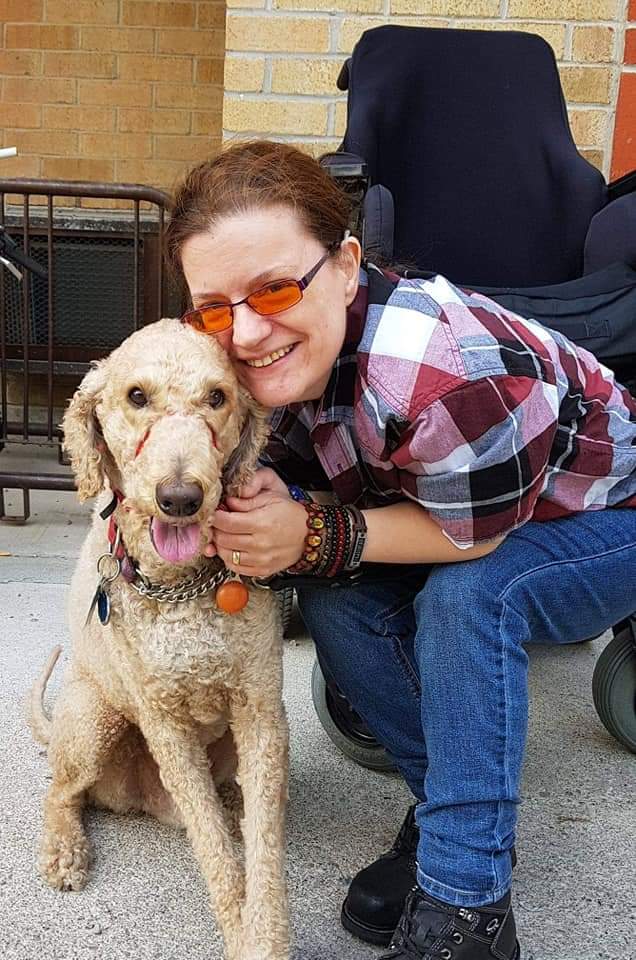The Church needs to become aware of assistive aids that help disabled people become included in services and social gatherings as well as things that are barriers for accessibility. Basic accessibility includes, but is not limited to, the following: 1) ramped access, 2) an audio induction loop installed in the church and regular checks to make sure it is working for those who use hearing aids, 3) adequate sound systems, 4) welcomers ready to give appropriate support to disabled people, 5) good, even flicker-free lighting (for people who are deaf, have low vision or a seizure disorder that is triggered by flickering lights), 6) directional signs that can easily be understood for those who cannot read, 7) sign language interpreters for the Deaf, 8) clear pathways for people who are blind, have low vision, use wheelchairs or other mobility aids, 9) service sheets and bulletins available in large print and braille, 10) acceptance of service dogs with a comfortable area next to their handlers for them to lie down and 11) a family sized accessible washroom.
If refurbishment is planned, disabled people should be included in the discussion. When considering accessibility within the sanctuary, the area where Communion is received must be highlighted for accessibility, not just the front access but how physically accessible the pathway is to receiving Communion. Many individuals who attend Church services do not receive Communion simply because the pathway from where they are seated to the front of the Church is not accessible. Aside from the sanctuary itself, Church (Sunday) school rooms and the Church Hall need to be accessible.
❤️🙏🤟🏼

Leave a comment